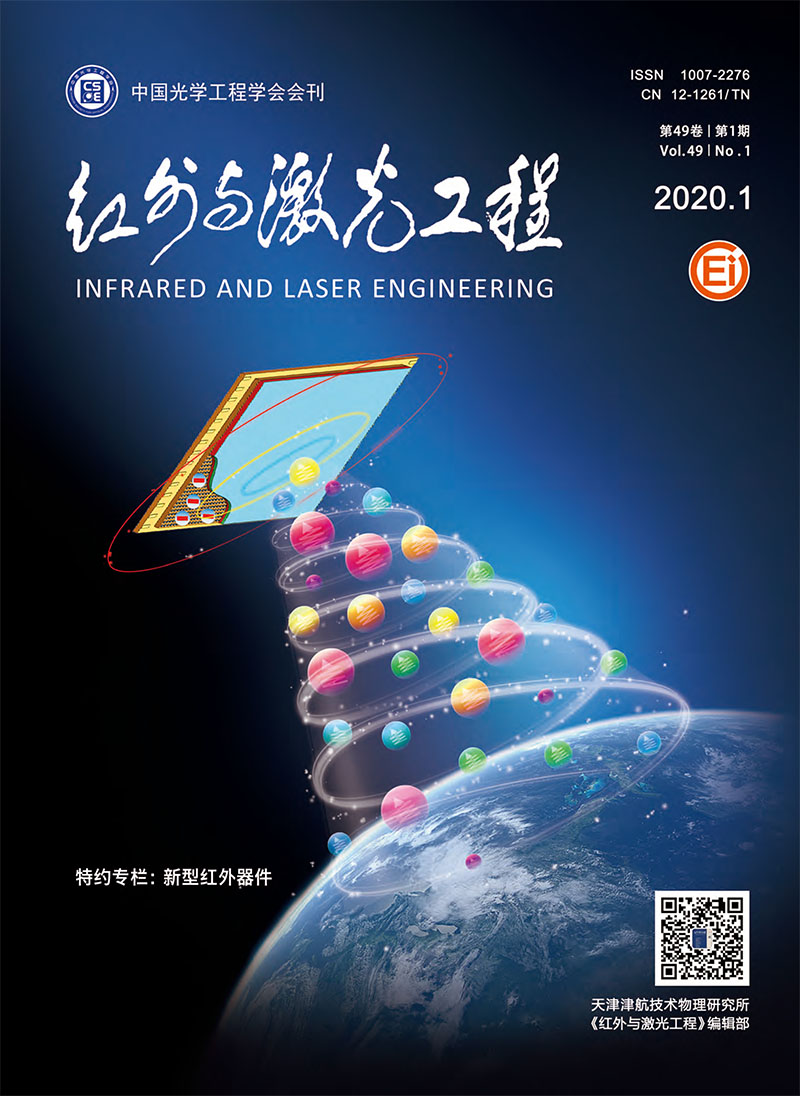Sun Yongxue, Xia Zhentao, Jiang Shouwang, Wang Ke, Sun Zhenghao. Optical system design of remote sensing camera with visible light all-day[J]. Infrared and Laser Engineering, 2020, 49(1): 0114003-0114003(6). doi: 10.3788/IRLA202049.0114003
| Citation:
|
Sun Yongxue, Xia Zhentao, Jiang Shouwang, Wang Ke, Sun Zhenghao. Optical system design of remote sensing camera with visible light all-day[J]. Infrared and Laser Engineering, 2020, 49(1): 0114003-0114003(6). doi: 10.3788/IRLA202049.0114003
|
Optical system design of remote sensing camera with visible light all-day
- Received Date: 2019-10-11
- Rev Recd Date:
2019-11-21
- Publish Date:
2020-01-28
-
Abstract
Because micro-light remote sensing can detect ground objects under low illumination conditions such as nighttime and twilight, this remote sensing camera uses micro-light remote sensing to complement the traditional visible light remote sensing to achieve observation in visible light all-day long. Considering the system's long focal length(500 mm), large field of view(5°×2°),large relative aperture(F number 3.8),miniaturization and high optical efficiency, this remote sensing camera used off-axis three-mirror system structure and common light path for double detectors, subfield of view to achieve simultaneous imaging from micro-light and visible light detectors. The optical system design and imaging quality of the optical system of the camera were analyzed in detail. The results show that the modulation transform function (MTF) of traditional visible light fields of view are more than 0.4 at the Nyquist frequency of 200 lp/mm and the MTF of micro-light fields of view are more than 0.75 at the Nyquist frequency of 77 lp/mm and the MTF is close to the diffraction limits. Based on development and launch processes of optical load, system tolerances were analyzed from the four processed of machining, alignment, primary focusing and non-focusing, and the result of tolerant assignment was given. In addition, the extensibility of the optical system was illustrated.
-
References
|
[1]
|
Guo Hui, Xiang Shiming, Tian Minqiang. A review of the development of low-light night vision technology[J]. Infrared Technology, 2013, 35(2):63-68. (in Chinese) |
|
[2]
|
Li Lijin, Li Haoyang, Xu Pnegmei, et al. Simulation and verification of imaging strategy for low-light-level camera on dawn-dusk orbit[J]. Spacecraft Recovery &Remote Sensing, 2017, 38(5):29-34. (in Chinese) |
|
[3]
|
Li Beibei, Han Bing, Tian Tian, et al. Application status and future development of JL-1video satellite[J]. Satellite Application, 2018, 3:23-27. (in Chinese) |
|
[4]
|
Zhao Yuchen, He Xin, Feng Wentian, et al. Design of common aperture coaxial field-bias optical system used in area array imaging sensor[J]. Infrared and Laser Engineering, 2018, 47(7):0718004. (in Chinese) |
|
[5]
|
Shi Lili. The design and research on the optical system of the space remote sensor[D]. Harbin:Hanbin Institute of Technology, 2007. (in Chinese) |
|
[6]
|
Xu Yihang. Design of off-axis three-mirror optical system with free-form surface[D]. Harbin:Harbin Engineering University, 2017. (in Chinese) |
|
[7]
|
Zhao Wencai. Design of improved off-axis TMA optical systems[J]. Optical and Precision Engineering, 2011, 19(12):2838-2843. (in Chinese) |
|
[8]
|
Jiang Xiwen, Jia Xuezhi, Cong Shanshan. Application of freeform surfaces in cooled off-axis three-mirror optical system[J]. Infrared and Laser Engineering, 2018, 47(9):0918004. (in Chinese) |
|
[9]
|
Li Xuyang, Ni Dongwei, Yang Mingyang, et al. Design of large field of view space camera optical system based on freeform surfaces[J]. Infrared and Laser Engineering, 2018, 47(9):0922003. (in Chinese) |
|
[10]
|
Wang Bin, Wu Fan, Ye Yutang. Computer aided alignment for off-axis TMA system[J]. Infrared and Laser Engineering, 2016,45(11):1118006. (in Chinese) |
|
[11]
|
Luo Qin, Zhang Dongdong, Niu Xinhua. Optical design of off-axis three-mirror system with wide field[J]. Infrared, 2017, 38(8):14-18. (in Chinese) |
|
[12]
|
Pan Junhua. The Design, Manufacture and Test of the Aspherical Optical Surfaces[M]. Suzhou:Suzhou University Press, 2004:130-138. (in Chinese) |
|
[13]
|
Wang Hong, Tian Tieyin. Design of three line array mapping camera and its tolerance analysis[J]. Optical and Precision Engineering, 2011, 19(7):1444-1449. (in Chinese) |
|
[14]
|
Wang Hong, Hu Zhong. Analysis and research of multispectral camera optical system[J]. Optical & Optoelectronic Technology, 2013, 11(4):67-71. (in Chinese) |
-
-
Proportional views

-









 DownLoad:
DownLoad: